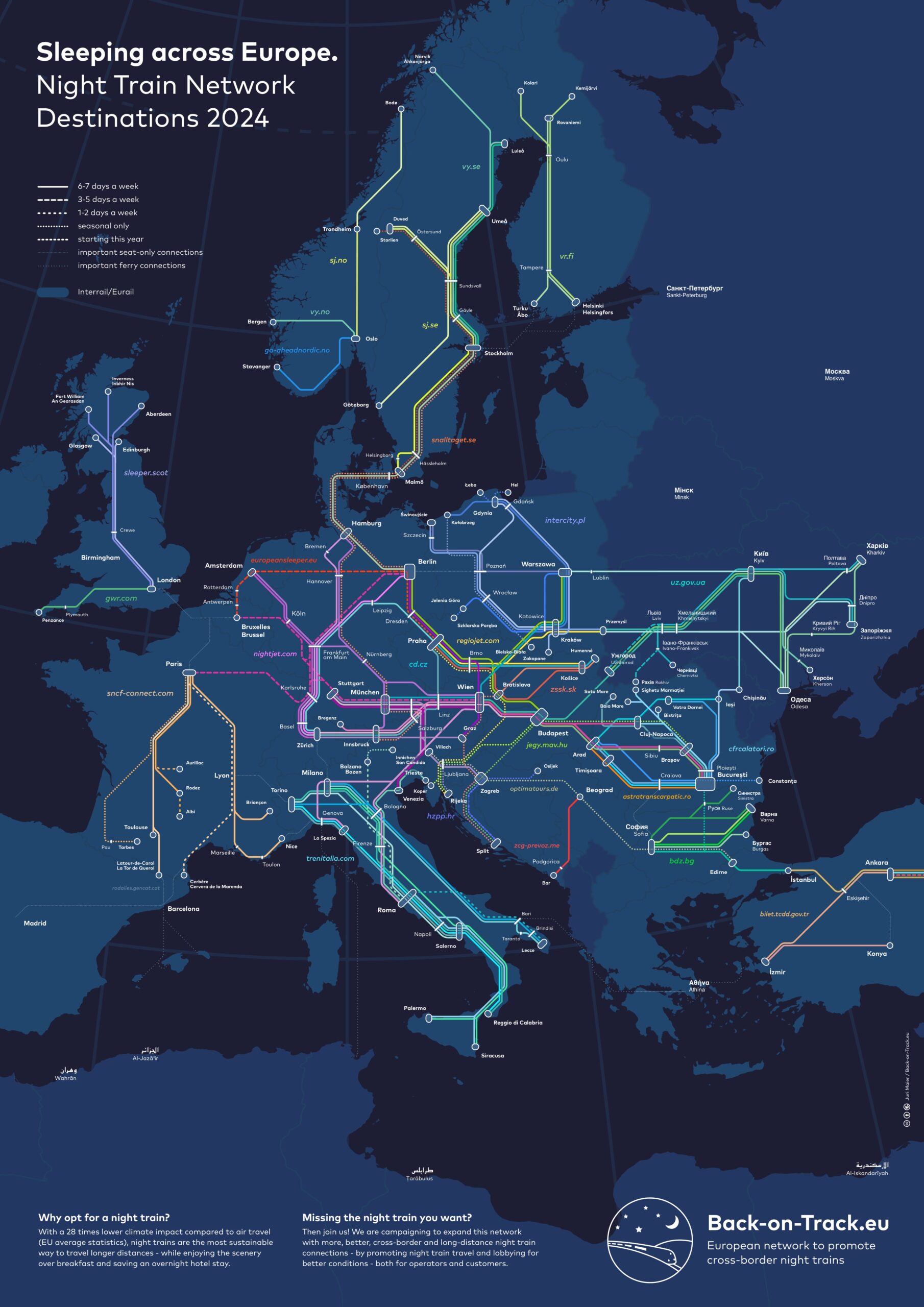Left Urbanism
643 readers
5 users here now
A community for urbanists on the Left to talk about public housing, transit, class and power structures, racism, gentrification and I guess zoning?
founded 5 years ago
MODERATORS
26
27
28
4
Brightline to offer sing-along train rides to Taylor Swift concerts in Florida
(www.fox13news.com)
29
30
31
32
33
34
35
36
37
17
Is Automated Enforcement Making U.S. Cities Safer or Just Raising Revenue? — Streetsblog USA
(usa.streetsblog.org)
38
39
40
41
42
43
44
3
Why is efficiency more important to us than justice? — The Lab of Thought
(www.thelabofthought.co)
45
46
47
48
49
50

